ABOUT
In early August 2005, two weeks before Katrina struck South Florida and the Alabama, Mississippi and Louisiana Gulf Coasts, M. Darryl Woods visited a link to a map entitled the “Contraflow Plan” on the Louis Armstrong Int’l Airport’s website. Why? He has always been fascinated by aviation, geography and Louisiana, the homeland of his father, grandfather and great grandfather. The map appeared to show a plan for evacuating Greater New Orleans in the event of an approaching hurricane. We know what happened at the end of August 2005…or do we?
Not long after the 1st anniversary of Katrina, Woods’ part-time research project turned long-term. Needing a name, he thought back to that map and a definition of the word Contraflow: “flow in the opposite direction of normal”. Woods also thought back to all of the experiences shared with me by survivors returning home from across the nation during the 2005-2006 Repopulation Era of New Orleans while he was embedded in the 7th Ward at Camp Mama D. It did not take long for him to realize that there was nothing ‘normal’ about the ‘flow’ out of Greater New Orleans during immediately after the Storm. Hence, The Contraflow Project (TCP) picked up were he left off.
TCP spent the past fourteen-plus years documenting Katrina’s global effect and Post-Katrina New Orleans. TCP plans to transform its manuscript development project into three literary projects. The first being the “CONTRAFLOW: A Katrina Heptalogy“. The seven-part book series will shed more light on what really happened during the first week of Katrina. One cannot begin to comprehend this mega-disaster until one comprehends the many still untold heroic stories of the local, intrastate, interstate, federal and international responders, as well as the neighborhood survivors turned responders.
Contraflow Inc. is a 501(c)(3) non-profit corporation and fiscal sponsor of the Contraflow Research Project, which operates under the name of The Contraflow Project (TCP); a non-profit research organization whose mission includes studying Katrina responders, survivors, volunteers, and documenting the New Orleans recovery, culture and history. TCP has operated in the the historic Treme Neighborhood of New Orleans, one block away from the nation’s oldest African American Catholic church, St. Augustine.
TCP’s vision is to provide the public, especially those involved in or concerned about public safety and emergency management around the country, a clearer ‘rear window’ view of what really happened in New Orleans during the first week of Katrina. Much information has already been disseminated. However, we have yet to see all of it placed in proper context. In addition, we want to shed more light on the role of the neighborhood responders; who worked hand in hand with the government agencies and military to pull off the largest post-disaster evacuation in American history.
Many Katrina responders from across the nation were unduly tainted by the broad “Unacceptable” stroke that was painted a week into the biggest natural disaster in American history. We feel that the public still does not know what really happened. We have spent close to seven years interviewing responders as well as survivors, and analyzing piles, stacks, boxes and gigabytes of research data. We look forward to our research findings being released in the form of a non-fiction book entitled CONTRAFLOW; as well as giving our take on what life was like in the New Orleans 7th Ward during the surreal Repopulation Era in the form of a documentary entitled WATER LINES.
 |
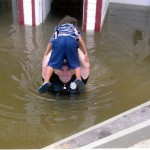 |
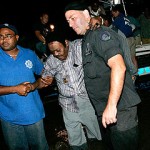 |
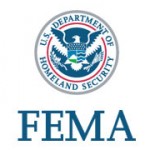 |
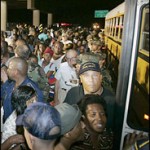 |
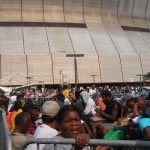 |
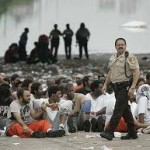 |
 |
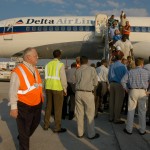 |
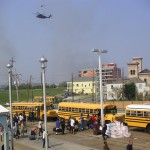 |
 |
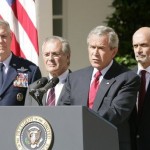 |
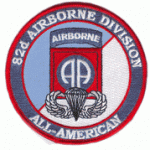 |
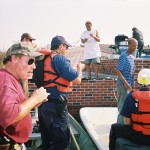 |
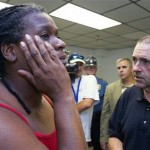 |
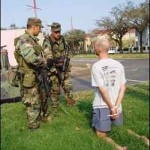 |
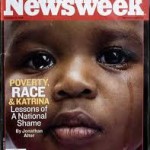 |
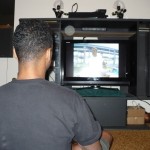 |
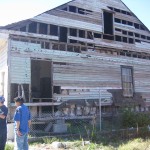 |
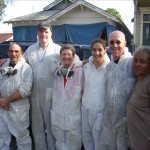 |
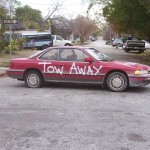 |
 |
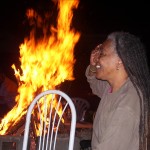 |
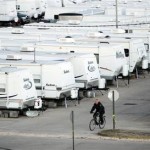 |
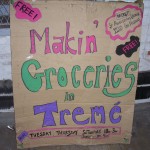 |
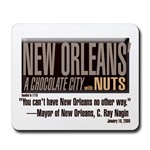 |
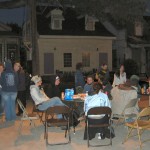 |
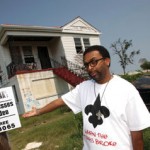 |
|
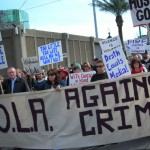 |
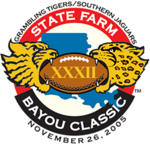 |
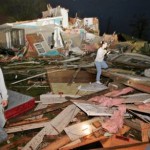 |
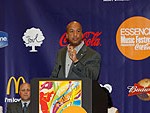 |
 |
 |
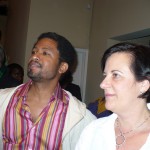 |
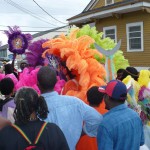 |
 |
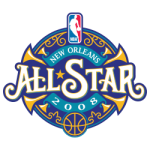 |
 |
 |
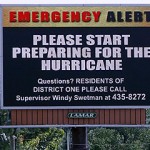 |
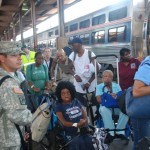 |
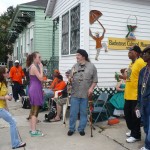 |
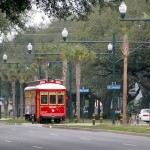 |
 |
 |
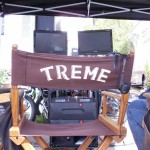 |
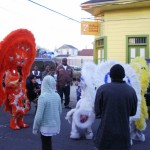 |
 |
 |
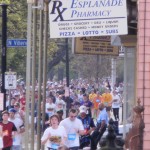 |
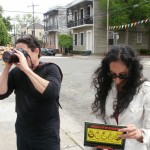 |
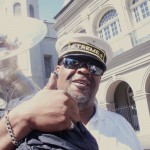 |
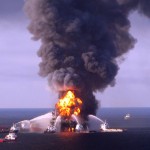 |
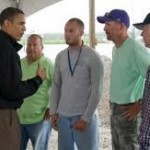 |
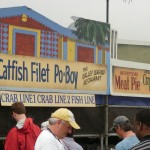 |
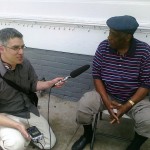 |
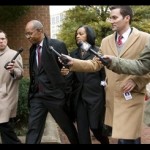 |
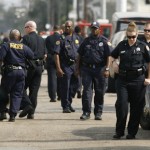 |
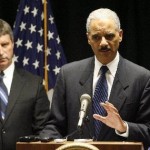 |
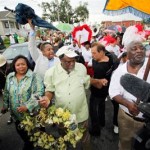 |
 |
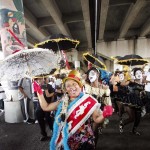 |
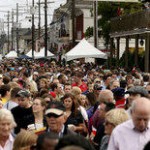 |
 |
TCP, in Post-Katrina New Orleans (2005 – 2010); and beyond…

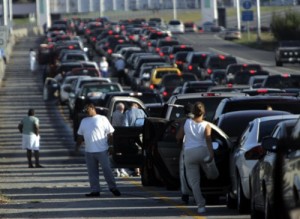

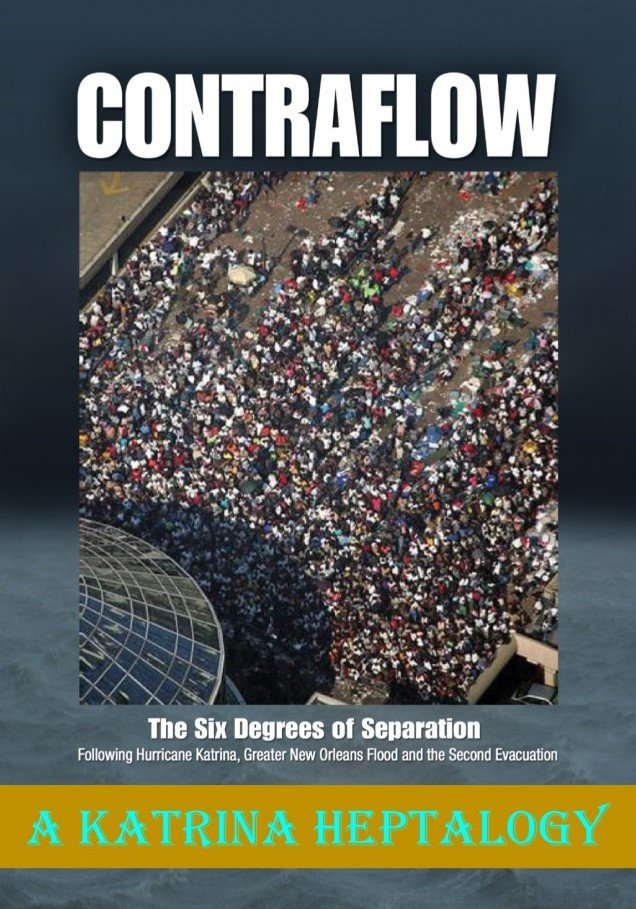






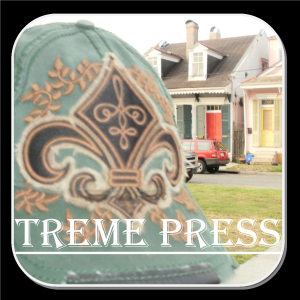
TCP Responses